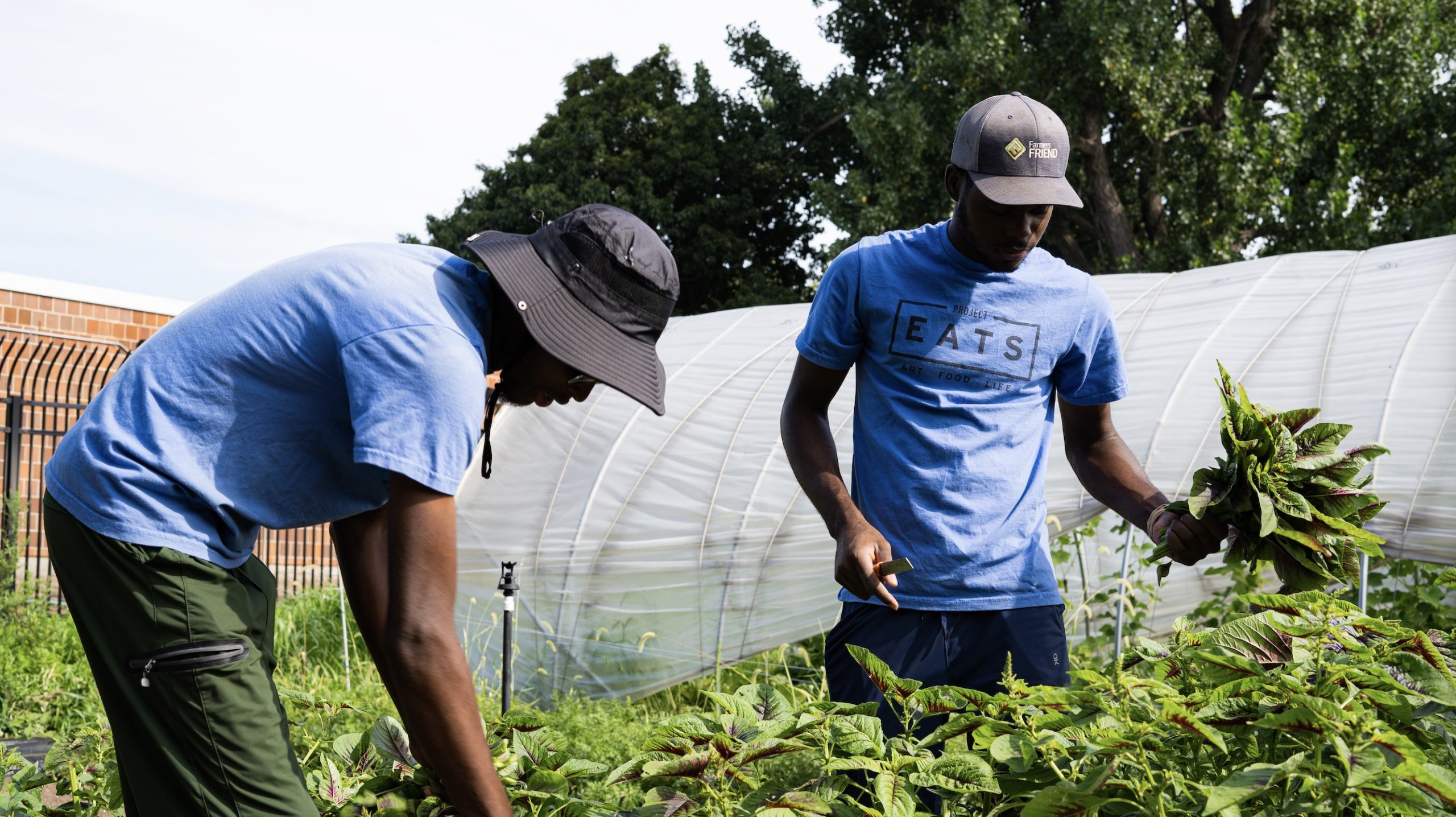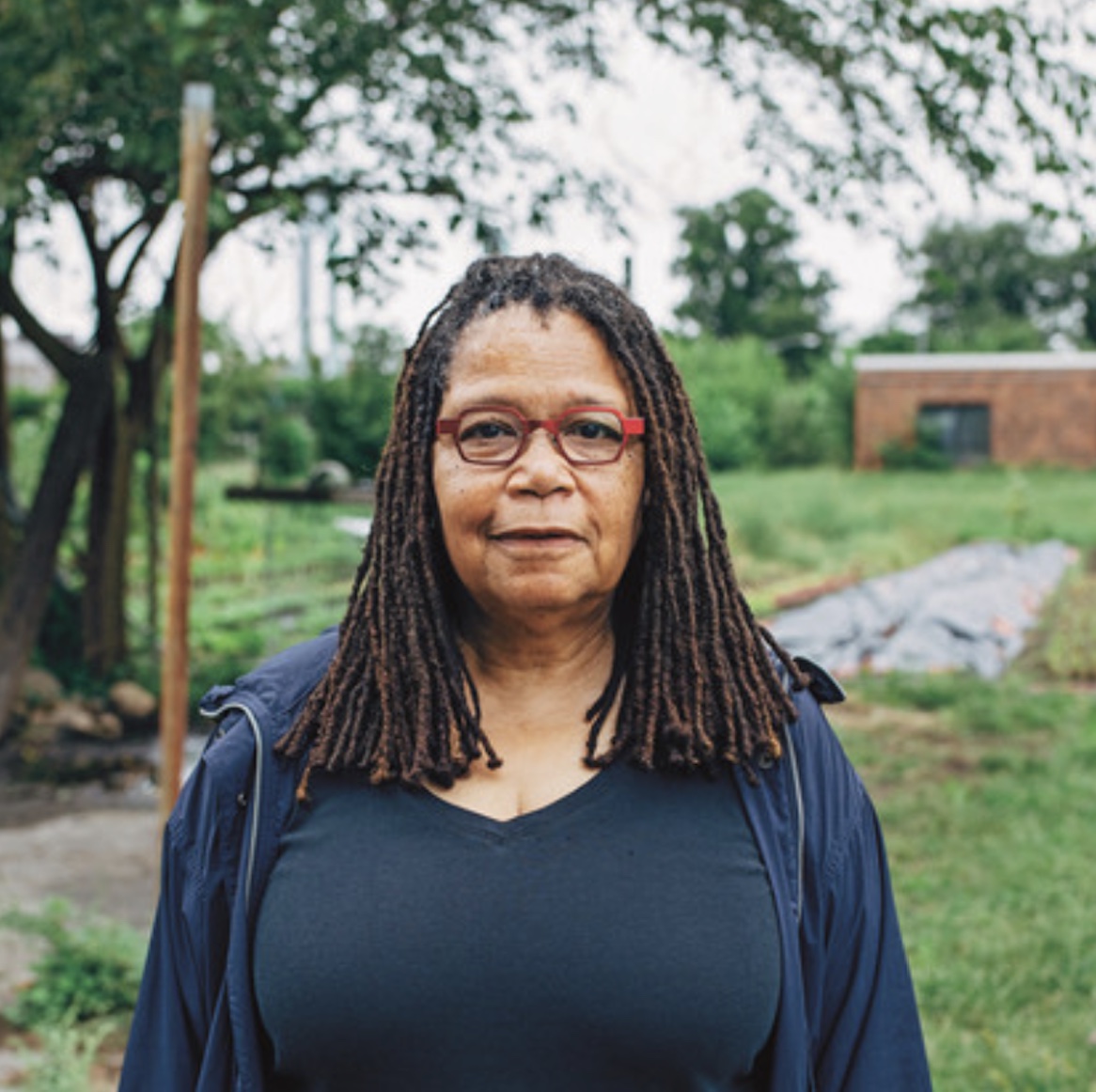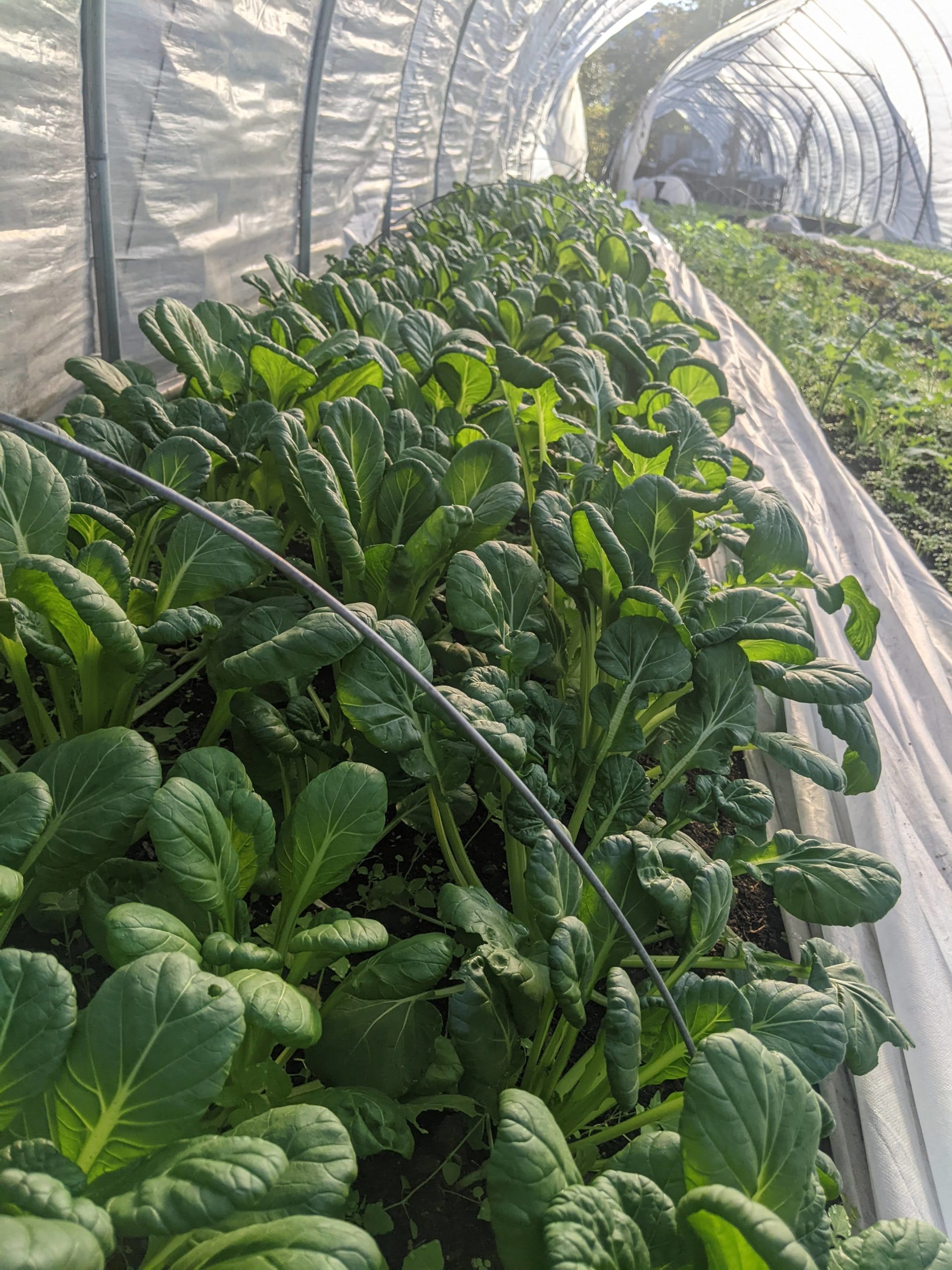
“We should all be able to grow our own food even if we live on concrete,” says Project EATS Founder and President Linda Goode Bryant. Linda is a passionate force. When you speak with her, you can feel the activist within you start looking to pound pavement. In 1974, Linda opened Just Above Midtown (JAM), a gallery unlike anything else in the art world at that time. JAM—which was the subject of a recent MoMA exhibition—became a creative laboratory for African-American artists and artists of color who were often excluded from galleries and museums. After closing the gallery in 1986, Linda immersed herself in filmmaking and co-directed the award-winning documentary Flag Wars (2003), which focused on gentrification in her hometown of Columbus, Ohio.
Fast-forward to 2009 and the formation of Project EATS, a living installation of neighborhood-based farms on vacant lots and rooftops in NYC. As Linda says, it’s “art that feeds.” She first came up with the idea during the 2007-2008 global food crisis when a price spike increased the number of hungry people to over one billion. She decided to get to work helping local communities in need create their own means of nourishment. Project EATS brings fresh fruit and vegetables to residents year-round in Belmont, Bronx; Brownsville, Brooklyn; East Harlem; the Lower East Side; and on Randall’s Island. Most of the farm locations have farm stands, but you can also visit their plant-based eatery at The Market Line for things like Chickpea Not-Chicken Salad, Mofongo with Garlic Mojo, and Beet Sumac Soda.
—Charlotte DeFazio
What inspired you to start Project EATS?
I was working as an independent filmmaker on a project that was following our electoral system through the lens of chronic non-voters. I began shooting with a cinematographer and an audio person, and we just went out on the road in 2003 in advance of the 2004 elections. We created partnerships [through Active Citizen Project] with different organizations working primarily with high schools, folks who were incarcerated, youth who were incarcerated, immigrants, folks experiencing homelessness, and folks who lived on a limited income. I’d come up with the idea of a virtual candidate and started working with all of those groups of people where they could create their own candidate who represented the ideas and critical issues most important to them, and what the solutions would be.
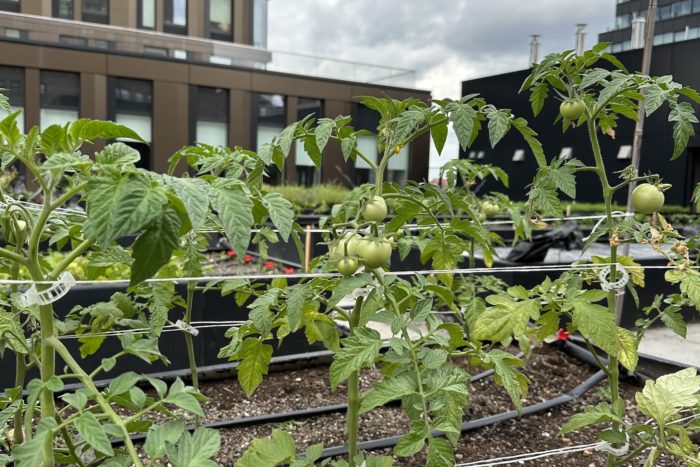
We continued filming during each election and in 2007-2008, there was a global food crisis. I came across footage from Port-au-Prince at that time where people were forced to eat mud pies spiked with pebbles and honey, and I became increasingly aware of Haiti’s dependency on imported food. It was in that moment that my brain clicked. We should all be able to grow our own food even if we live on concrete. That’s how Project EATS came about. It was also influenced through work with the Active Citizen Project. There was a moment in our run up to 2008 when we brought high school students and their teachers to the Iowa caucuses. At the end, one young man said to me, “Ms. Linda, this has been great. But how does it change my life tomorrow morning?” It is his question that I will take to my grave. I realized that Project EATS could actually be that change. It couldn’t happen overnight, but the idea occurred to me to create community-based food systems in places that need access to fresh, nutritious, healthy food. And the wonderful thing about farming is that you really can transform a vacant lot into a farm with green leaves peeking out of the dirt within 45 to 60 days.
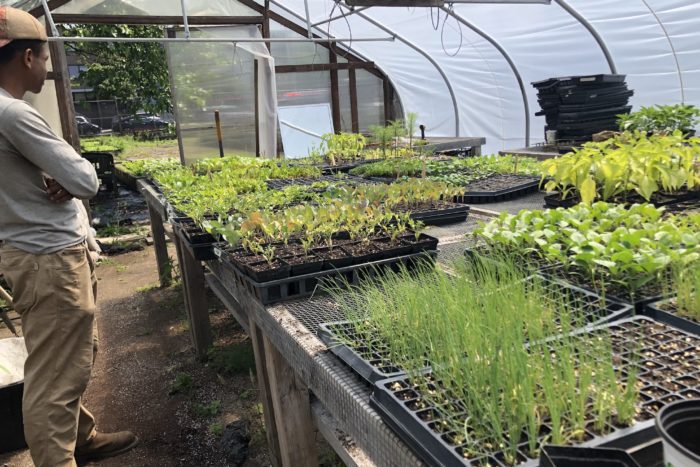
Is Active Citizen Project still running?
We changed the name to Project EATS and just focused on that. Active Citizen Project ran through 2012. I kept filming elections and traveling around less and less though through 2012. It’s funny that I have all this footage really up-close with all the candidates who were running in those years. I still want to do something with it. I don’t know what it’ll be, but I definitely want to do something.
That’s great. Is Project EATS operating year-round?
We are, actually. New York City has gotten hotter since 2009. In 2009, we could not grow in winter. By the time we were into January, February, and early March, we couldn’t grow anything, even if you put low tunnels over the beds themselves—which is what we had the money to do before. We have high tunnels now and have had them for about four or five years so we grow year-round, but that’s only under tunnels. And it’s gotten warmer every year. This last winter, there were some cold moments, but for the most part it was warm. It was warm and then all of a sudden when it’s time to blossom, we get a snowstorm. We’re also still rebounding from Covid. We kept going and we’ve done some really great things, but there are changes that we’re adjusting to and we are finding ways to deal with the challenges.
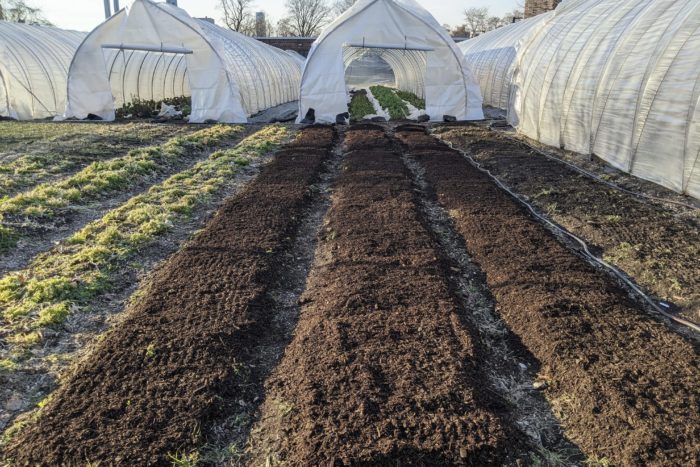
We are now including hydroponic farming in our network and are in final negotiations with one of our developer partners to have a storefront that will be a hydroponic farm and eatery in Brownsville. The half-acre farm on concrete we have there right now has to leave at the end of this season because the construction of a new residential building has been pushed up. And that’s all over New York. There’s so much construction going on that the access to ground level outdoor farming is decreasing. Everything’s cyclical so it’ll happen again, but what do we do in the meantime? If we’re going to be a viable entity, we’ve got to keep going.
Something we loved seeing is your Farmacy program and this idea of “filling prescriptions” for people whose doctors prescribe fresh vegetables. Are there many doctors you’re partnered with who are doing this?
We have medical providers that we partner with and their doctors write the prescriptions. Covid really wrecked us for a whole lot of reasons on the Farmacy program, so we’re just able to begin reviving that this year and there are good things that have come out of that. Project EATS was conceived to be a community-based food system so the sites have farming, but we’ve also now expanded in the last three years to prepared plant-based meals. There is also a focus on social enterprises. We will be able to take a bow when the farms and the prepared food enterprises are run and managed by residents of the community.
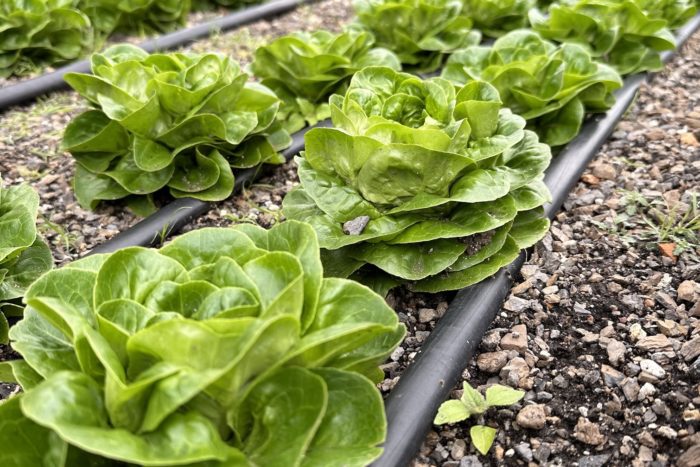
Is Project EATS still at The Market Line?
Oh, yeah. We have our prepared eats stall there, which is great. Faye Bradshaw, who’s our Director of Operations, comes from being a chef in restaurants and starting up restaurants. She and our Chef Jason Murphy, who was a co-owner of a restaurant in Detroit, are expanding the menu.
How is art foundational to your mission?
There is a unique ability that humans have to imagine and transform what we imagine into something tangible that can be experienced and/or perceived by others. The constructive world we live in has been designed by us and that’s what art is. I’m not talking about art as it is categorized and defined and put into boxes. The ability to imagine and create something tangible is art. Globally, we are increasingly disconnected from our imaginations. For decades now, if you think about all the advertising and emphasis on the economy, we have allowed ourselves to be not makers, but consumers. It’s utterly unhealthy.
With Project EATS, the communities we’re focused on have a need to be more actively engaged in their imaginations to make what they need so that they can determine and create the conditions they require to be healthy and have wellbeing. We have to be able to respond in our communities. We can’t keep allowing other people to determine the conditions we live in.
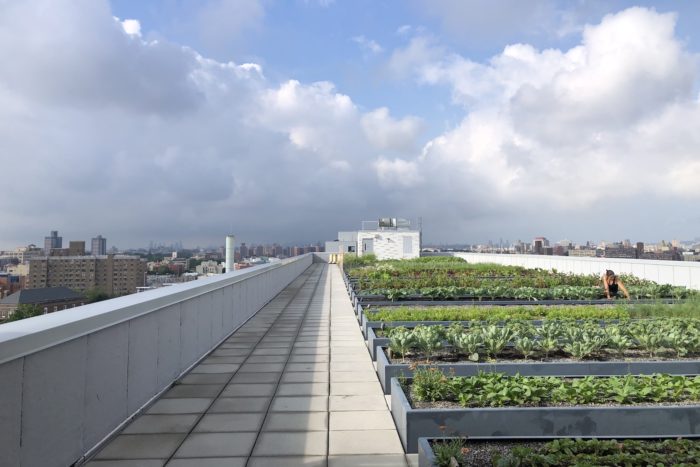
Compared to Just Above Midtown [JAM] days, what are some of the changes you’ve noticed in the art world?
There are so many changes that are concerning to me. When I decided not to continue with JAM—which was such a wonderful, wonderful experience—it was largely because there had been a shift by the art market itself. The values and methods that they used and how they related to potential and existing collectors changed because like opera and other forms of art in the ’70s, there was a concern that the folks supporting those fields were not being cultivated by the next generation. That happened to coincide in the ’80s with MBA programs in colleges so young people were coming out of universities with business degrees and going into finance and making a whole lot of money.
Also engaging with the work—not looking at it as an object that you don’t care about unless it’s making you money—stopped by ’83-’84. At first, artists were not responding to it, but increasingly they began to respond because they weren’t able to pay rent or have studios. And I got that, but it wasn’t a world I wanted to be in so I left. I knew that commodification was going to make things bad in the art world. It’s much worse than I ever imagined to the degree that I have had young artists who’ve come out of MFA programs say to me, “How am I going to pay the debt for this program?” I’m going to quote one young man in particular. He said, “I believe I’m harming myself.” When I asked in what way, his response was that he really wanted to make conceptual work, but was making figurative work because that’s what the galleries wanted from Black artists. And that’s so unhealthy. It’s so unhealthy when the greatest value is monetary—that we perceive it as the greatest and only value.
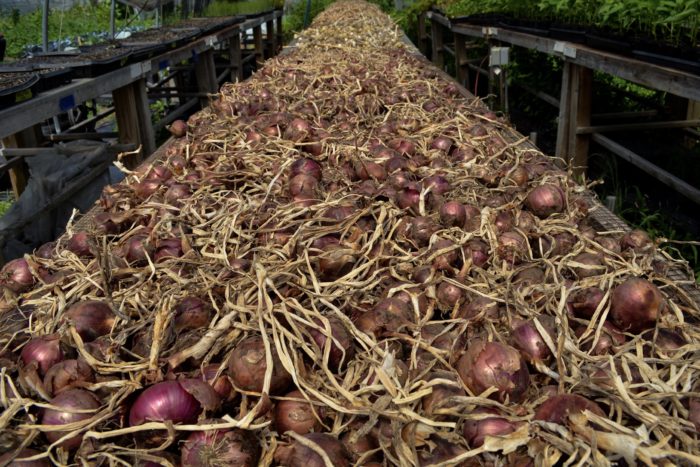
That is absolutely true. In your own work, is there a specific medium that you’re gravitating towards right now?
Film is heaven for me. It took me a moment to push the computer away and say, “You’ve got to learn something about farming” because I just love making films. But I realized that Project EATS was going to be more fulfilling. And it really is. Through being a catalyst and a collaborator and a supporter, we are able to join with residents in ways where they are imagining and making. The feeling of this surpasses anything I’ve ever experienced before.
Do you have a favorite gallery that you like to visit these days?
The gallery I most enjoy is the gallery of New York City’s streets and the art that is created by people who don’t call themselves artists. It can be something someone’s doing on a sidewalk or a movement folks are doing in a public space. It can be someone reciting something. Art, for me, is something that causes me to question and/or answer the question it is asking. What is the question this musician on the street is asking that has caught my attention in my ear and has made me stay there? What is the story that melody is telling? Shit like that has more of an impact on me and what I love than going into galleries that are regimented. We’re told by labels what to see, and I’m seeing less and less of it in the last four or five years yet at the same time, there’s still a relationship that’s hierarchical to me as a visitor where they’re telling me what’s important. On the street, we all get to decide for ourselves. I think there needs to be more conventional work as well, not as public art, but as integrated pieces of the community that trigger and spark people.
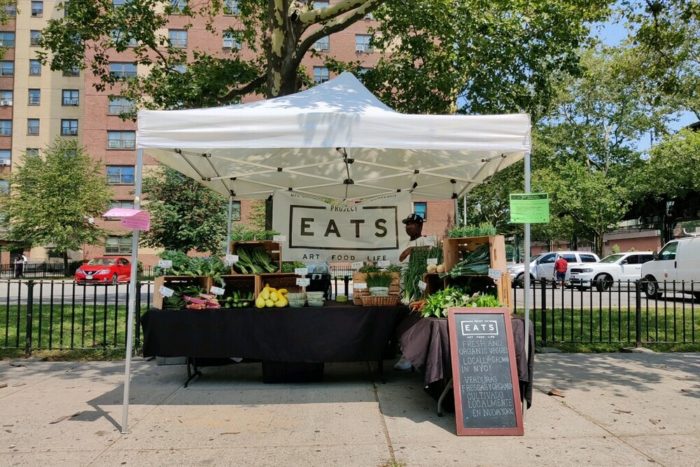
What are some ways that readers can get involved or support Project EATS?
There are many ways. They can work as volunteers or come to events like our gala. They can join the team. Obviously, financial support is great, and I have a board now and am doing more fundraising than ever—otherwise, I’d be talking to you on a farm today. They can also buy our food and enjoy it and help make Project EATS grow through their ideas and suggestions. We don’t know it all and I love to learn from others.

